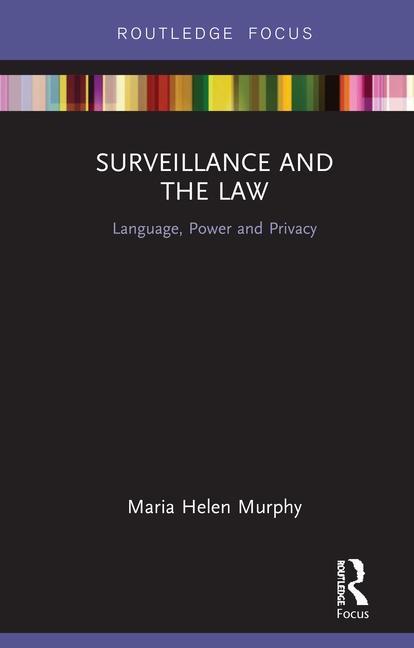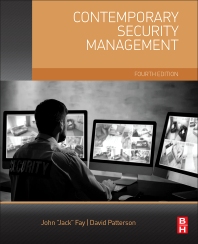PA Officials Recommend Plain Language Healthcare Codes

Emergency code terminology used to notify staff in healthcare facilities about an event that requires immediate action varies greatly from one facility to another in Pennsylvania. Healthcare facilities are encouraged to standardize codes for increased patient safety, according to a Pennsylvania Patient Safety Advisory article.
Analysis of events reported to the Pennsylvania Patient Safety Authority from July 2004 through 2013 and a northeast Pennsylvania hospital survey found 80 different codes that were grouped into 37 categories.
More than 25 hospital associations have recommended standardized codes and definitions for healthcare facilities in their states.
“Several associations support ‘plain language’ codes based on recommendations from government agencies such as the U.S. Department of Homeland Security,” says Susan Wallace, MPH, CPHRM, patient safety analyst of the Pennsylvania Patient Safety Authority. “To help promote consistency for patient safety and decrease ‘code confusion,’ it is suggested that Pennsylvania healthcare facilities develop a standardized emergency code system.”
Plain language systems, instead of systems based on colors, letters, names, or numbers, communicate information in a manner that is easily understood by listeners, which may include patients and visitors in addition to staff.
Standardization could lead to the reduction of code terminology variations, increase awareness and knowledge of healthcare staff working in multiple facilities, and promote transparency of code meanings. Several hospital associations, including Colorado, Florida, Iowa, Minnesota, Missouri and Wisconsin have recommended the use of plain language.
Pennsylvania does not have a statewide standardized emergency codes system, according to Thomas L. Grace, RN, PhD, vice president, emergency preparedness, of the Hospital and Healthsystem Association of Pennsylvania (HAP). However, Grace says HAP’s emergency preparedness staff has encouraged facilities to consider use of plain language announcement in place of codes. Read more at www.patientsafetyauthority.org.
Looking for a reprint of this article?
From high-res PDFs to custom plaques, order your copy today!








